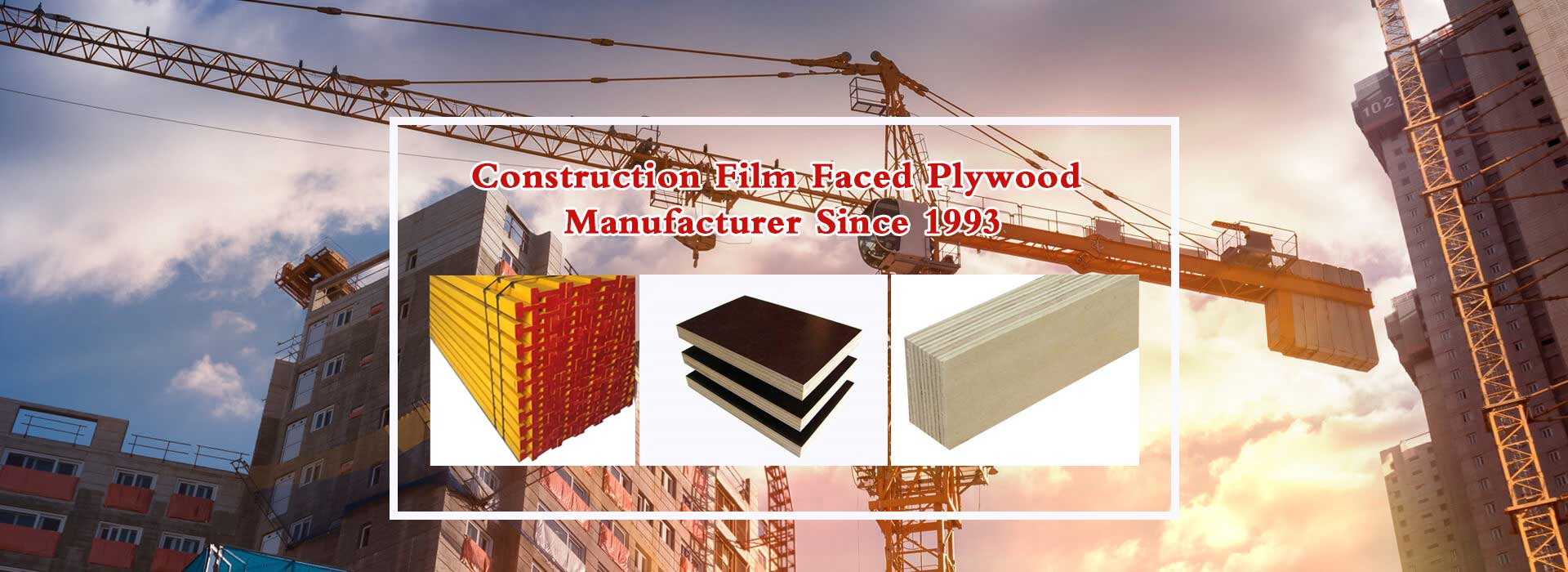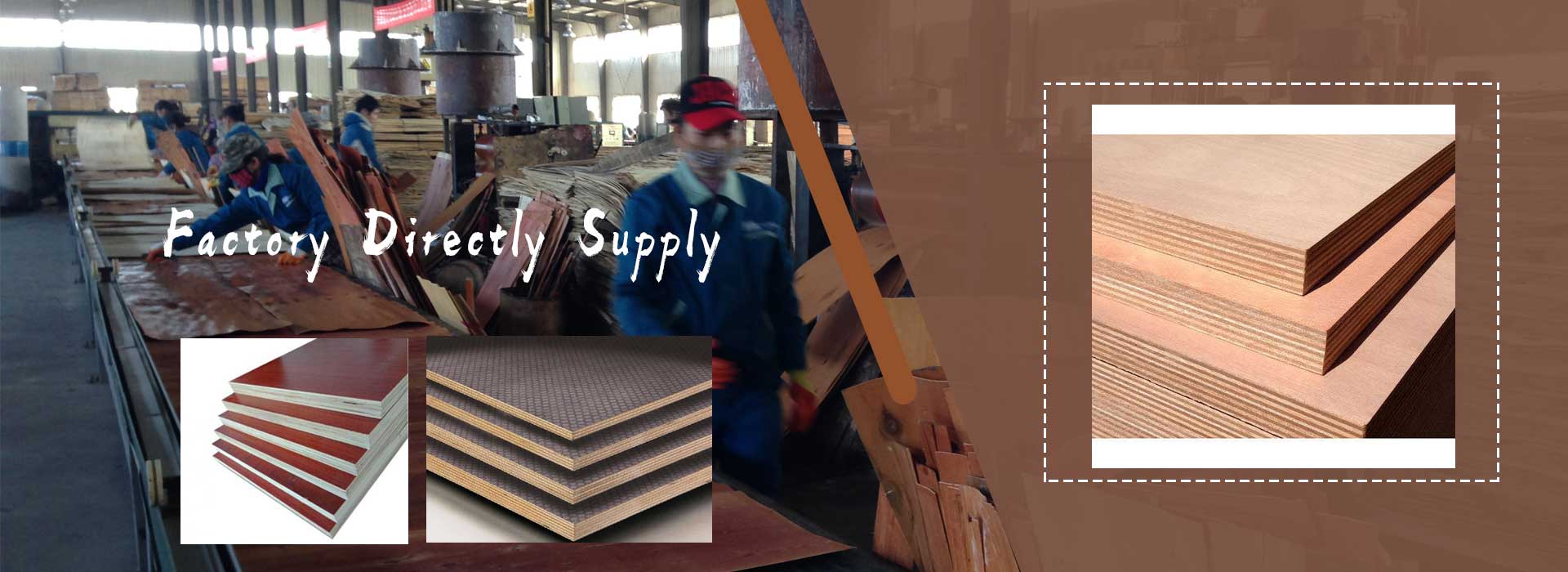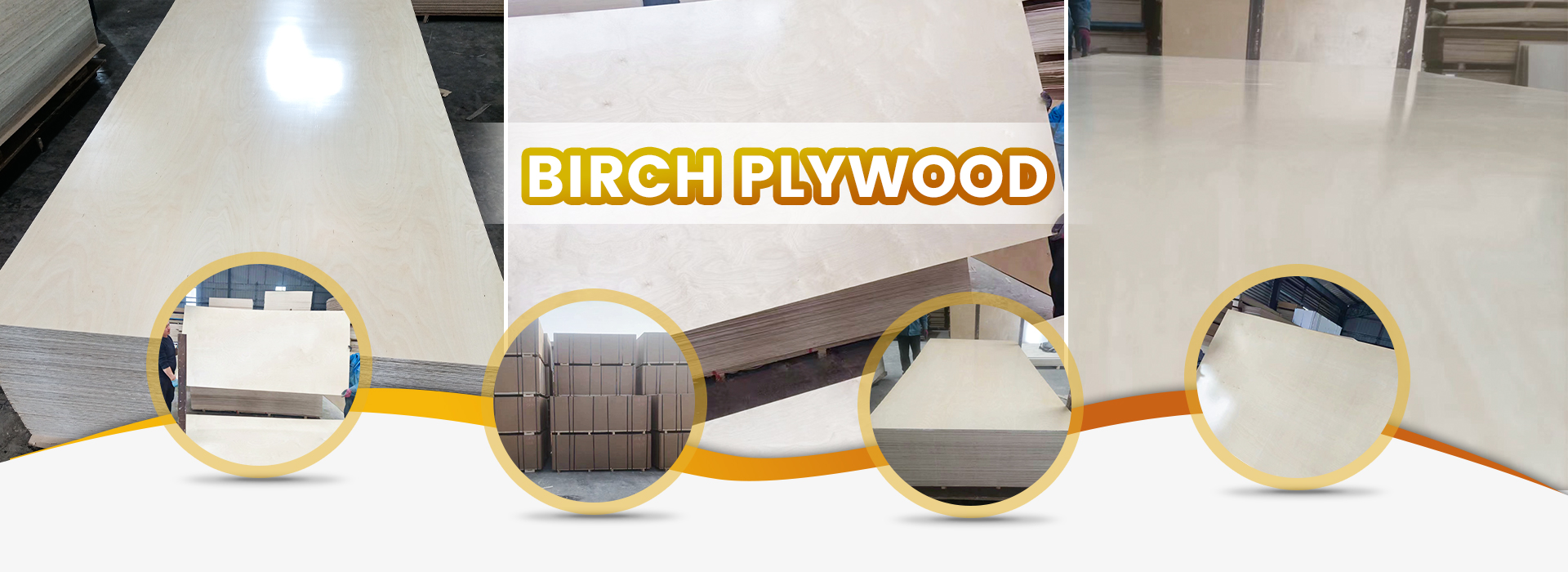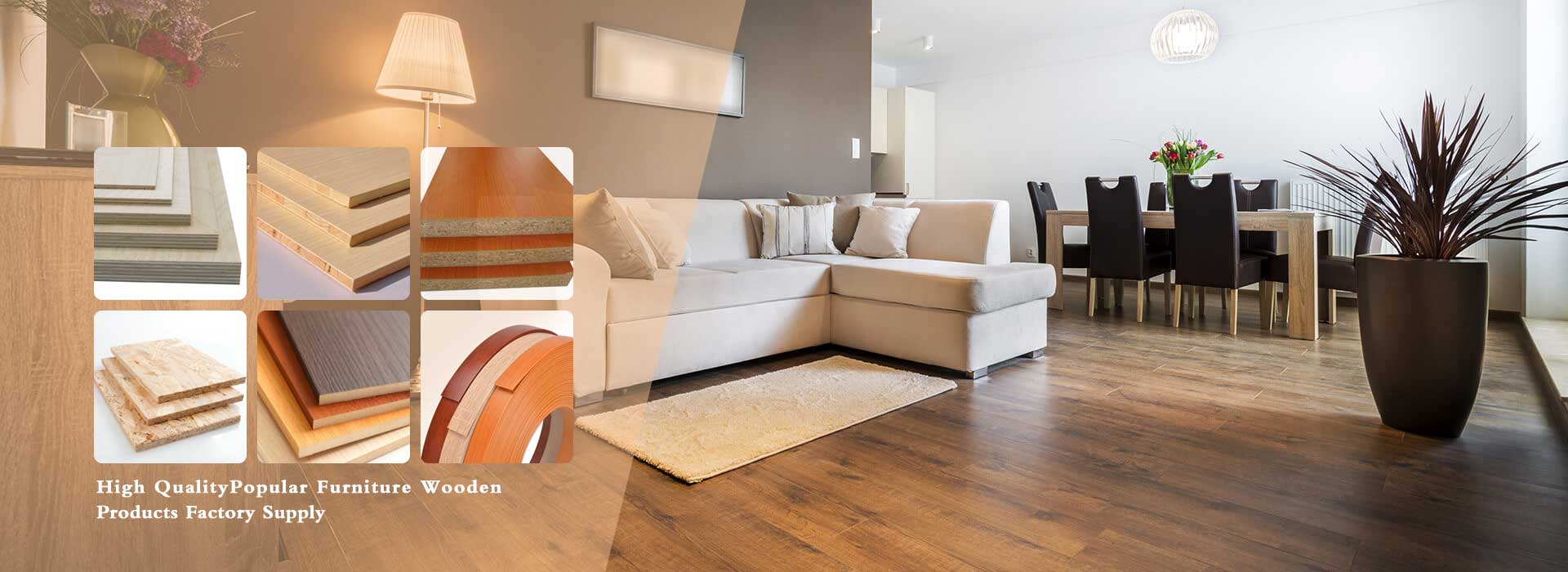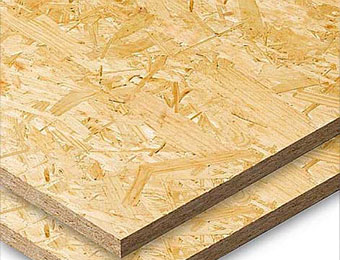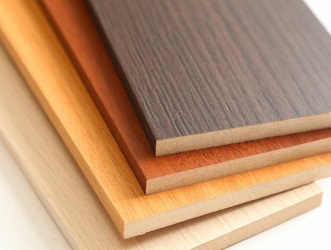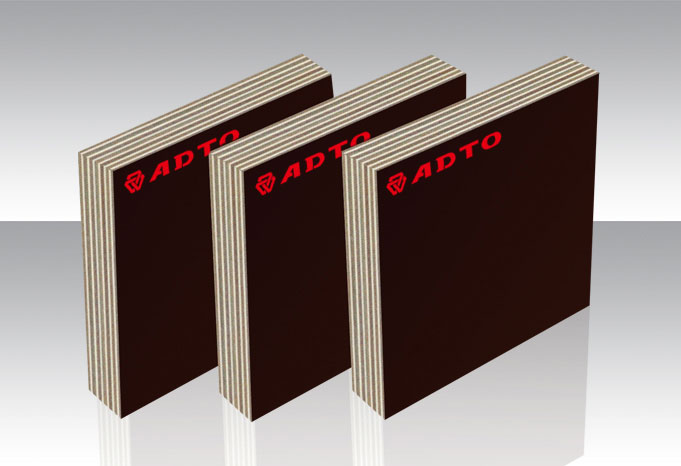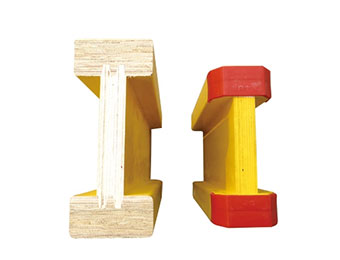Particle board, also known as chipboard, is a type of engineered wood board produced by cutting fast-growing timber and wood chips into certain-sized fragments. After drying, it is mixed with glue, hardening agents, waterproofing agents, etc., and pressed under specific temperature and pressure to form a board. The arrangement of particles is not uniform. Although particle board is also called chipboard, it is not the same as solid wood particle board. Solid wood particle board has a similar manufacturing process to particle board but is far superior in quality.
1. From the appearance, the size and shape of the wood chips in the central area of the cross-section should be observed. Usually, the length is between 5-10mm. If it is too long, the structure will be loose, if it is too short, the resistance to deformation will be poor, which means the static flexural strength does not meet the standard.
2. The moisture resistance of engineered boards depends on their density and moisture resistance agents. Even if a board has good moisture resistance, it cannot withstand immersion in water. Moisture resistance refers to resistance against moisture vapor, not waterproofness. Therefore, it is necessary to distinguish between the two in the future usage.
3. In terms of surface flatness and smoothness, the boards undergo sanding with around #200 sandpaper before delivery. In general, a finer finish is better, but in some cases, such as when bonding fireproof boards, if it is too fine, it may not be good for adhesive bonding.


